Clogged PVC pipes can be a common issue in households, often leading to slow drainage or complete blockages. Understanding how to effectively unclog these pipes can save time, money, and prevent potential damage to your plumbing system. With the right tools and techniques, you can address the problem safely and efficiently, restoring your pipes to proper functionality.
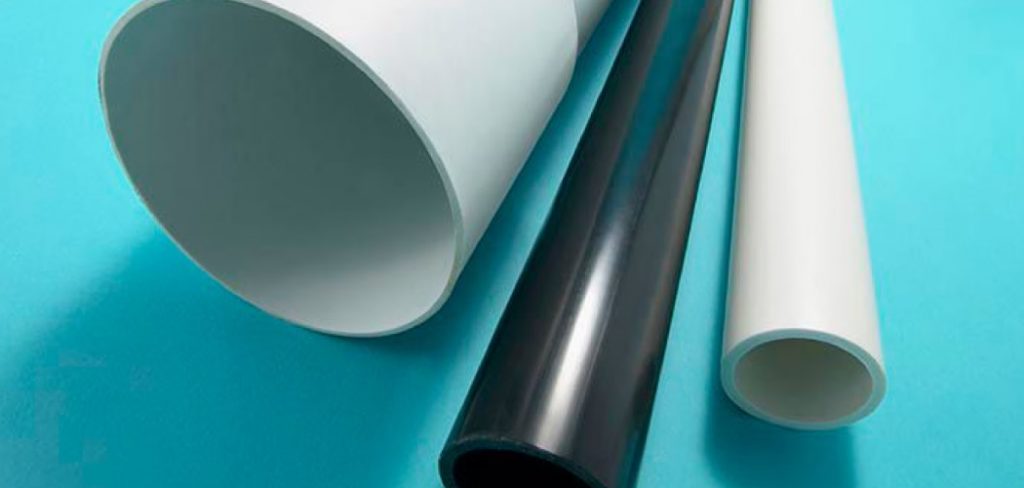
This guide on how to unclog pvc pipe will walk you through the steps to identify, assess, and resolve clogs in PVC pipes. There are countless creative DIY projects using PVC pipe, from garden planters to storage racks, that are both affordable and easy to build.
Safety and Preparation
Before attempting to unclog a PVC pipe, it is important to prioritize safety and gather the necessary tools. Start by wearing protective gloves and safety goggles to safeguard your hands and eyes from potential debris, chemicals, or contaminants. Ensure the area around the pipe is well-ventilated, particularly if you plan to use chemical drain cleaners.
Have a bucket or towel ready to catch any water or residue that might spill during the process. Additionally, identify the exact location of the clog and turn off the water supply to avoid creating further mess or damage. Being well-prepared ensures the procedure is both safe and effective.
Tools and Materials You Might Need
- Plunger
- Drain Snake or Auger
- Wet/Dry Vacuum
- Garden Hose or Pressure Washer
- Pipe Wrench (if Disassembling)
- PVC-Safe Drain Cleaner (Non-corrosive)
- Baking Soda and Vinegar (Natural Method)
- Bucket and Towels
6 Simple Step-by-step Methods on How to Unclog Pvc Pipe
Step 1: Identify the Location of the Clog
The first step in unclogging a PVC pipe is determining where the blockage is located. Check for visible signs such as slow drainage, standing water, or unusual odors coming from the drains. Start by testing individual drains throughout your home to pinpoint whether the issue is isolated to one location or affects multiple areas, which could indicate a more significant problem in the mainline.
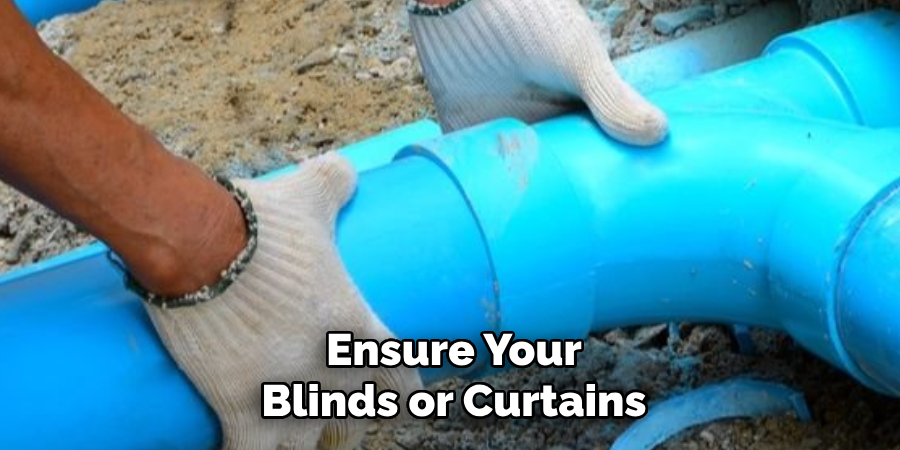
Carefully inspect accessible pipes and fixtures to narrow down the exact area of concern. If the location remains unclear, consider using a drain snake or a small camera designed for plumbing inspections to examine the interior of the pipes. Identifying the clog’s position will help you choose the most effective method to resolve the blockage.
Step 2: Turn Off the Water Supply
Before attempting to resolve the blockage, ensure that the water supply to the affected area is turned off. This step prevents further water flow, which could worsen the situation or cause flooding. Locate the nearest shut-off valve for the specific pipe or fixture.
If the problem impacts the entire plumbing system, turn off the main water supply to the property. Once the water supply is off, open faucets connected to the affected pipes to release any remaining water and reduce pressure in the system.
Step 3: Use a Plunger
Using a plunger is an effective way to clear blockages in sinks, toilets, or other fixtures. Ensure the plunger forms a tight seal around the drain opening, as this helps create the necessary suction. For best results, fill the sink or basin with enough water to cover the rubber part of the plunger.
Push the plunger down firmly and then pull it back up with controlled but forceful movements. Repeat this motion several times to dislodge the blockage. If successful, you should notice water draining more freely. Remember to clean the plunger thoroughly after use to maintain hygiene.
Step 4: Try a Drain Snake
If plunging does not resolve the blockage, the next step is to use a drain snake, also known as a plumbing auger. Insert the flexible, coiled wire into the drain, gently turning the handle to work it deeper into the pipe. When you encounter resistance, rotate the snake to break up or latch onto the obstruction.
Once the blockage is loosened or removed, slowly retract the snake while continuing to turn the handle. Dispose of any debris collected and run hot water down the drain to ensure it is completely clear. Always clean the drain snake thoroughly after use to prevent odors or contamination.
Step 5: Use Natural Remedies
If you prefer to avoid using harsh chemicals, there are several natural remedies that can help unclog PVC pipes. Pouring boiling water down the drain can sometimes melt away grease or other buildup, causing the clog.
Baking soda and vinegar can also be an effective combination for breaking up clogs. Simply pour half a cup of baking soda down the drain, followed by half a cup of vinegar. Let it sit for about 30 minutes before flushing with hot water.
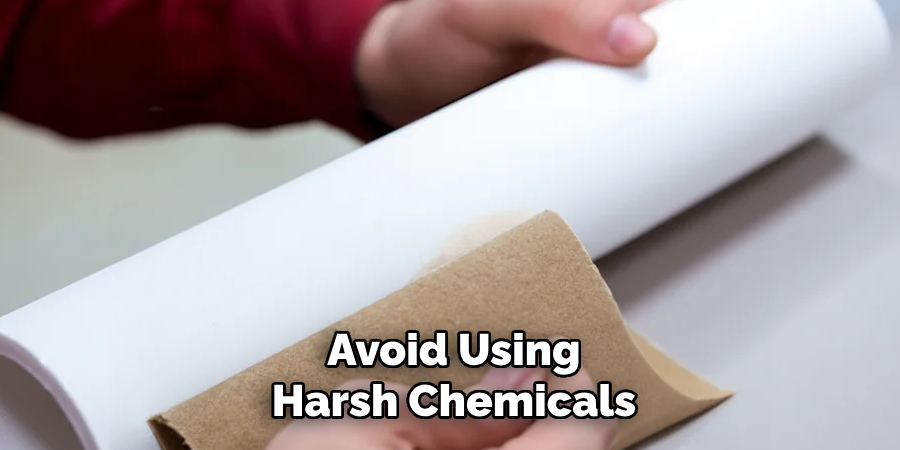
Step 6: Preventing Future Clogs
Taking preventative measures can help reduce the likelihood of clogs occurring in your PVC pipes. Here are some simple tips to keep in mind:
- Avoid pouring grease or oil down the drain, as they can solidify and clog the pipes.
- Use a hair strainer or trap over drains to catch hair and prevent it from going down the pipes.
- Regularly clean out any debris or buildup in your drains.
- Be mindful of what you flush down the toilet and only use toilet paper as intended.
By following these preventative measures on how to unclog PVC pipe, you can save yourself time, money, and frustration from dealing with future clogs in your PVC pipes.
What to Avoid?
When it comes to maintaining your PVC pipes, there are certain practices and substances you should steer clear of to prevent damage and clogs:
Harsh Chemical Drain Cleaners
Using strong chemical cleaners may seem like a quick fix, but they can erode PVC pipes over time, leading to potential leaks or pipe failure. Instead, opt for natural or enzymatic solutions
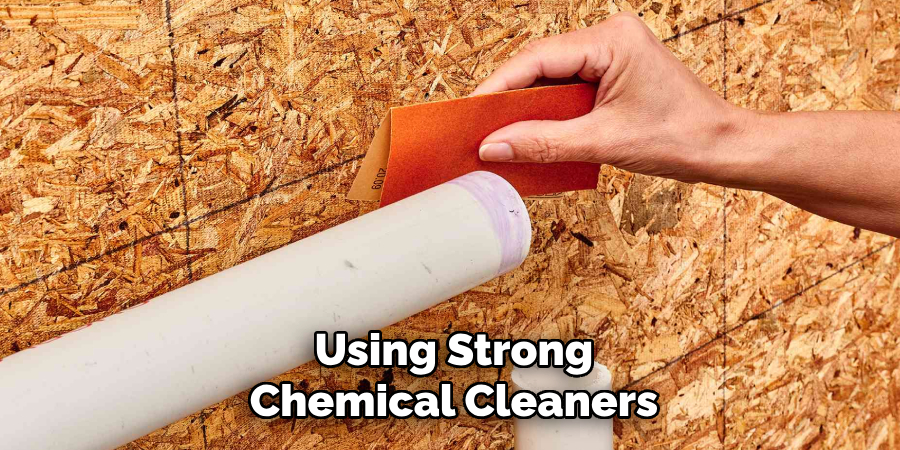
Pouring Food Scraps Down the Sink
Even if you have a garbage disposal, certain items like coffee grounds, eggshells, and fibrous materials can accumulate and cause blockages.
Allowing Grease and Oil to Enter the Drains
Grease and oil may initially flow through the pipes in liquid form but will solidify further down, creating stubborn clogs.
Flushing Non-Biodegradable Items
Items like wet wipes, sanitary products, paper towels, and diapers do not break down easily and can lead to significant blockages in your system.
By avoiding these harmful actions, you can prolong the lifespan of your PVC pipes and minimize the risk of costly plumbing issues.
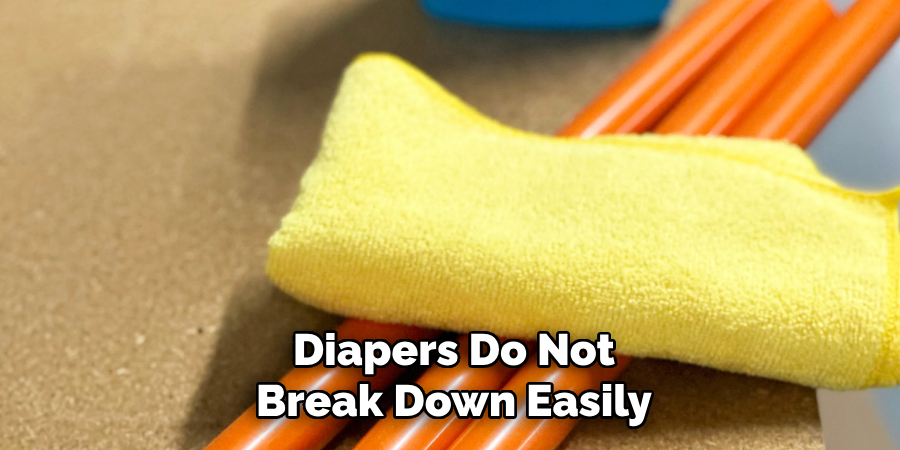
Preventative Tips
Taking a proactive approach can help protect your PVC pipes and prevent common plumbing issues. Here are some effective preventative tips:
Use Drain Strainers
Install strainers in your sinks and showers to catch hair, food particles, and debris before they enter the pipes.
Dispose of Grease Properly
Allow grease to cool and solidify, then discard it in the trash instead of pouring it down the drain.
Flush Only Toilet Paper
Avoid flushing items other than toilet paper to ensure that pipes remain free from blockages.
Perform Regular Maintenance
Periodically pour hot water down your drains to help dissolve any buildup of soap or grease.
Schedule Professional Inspections
Have a plumber inspect your plumbing system regularly to identify and address potential issues before they escalate.
By following these preventative measures, you can maintain a healthy plumbing system and extend the life of your PVC pipes.
When to Call a Plumber?
Despite regular maintenance and preventative measures, there are times when professional assistance is necessary. You should call a plumber if you notice persistent clogs that don’t respond to basic unclogging efforts, as these may indicate a deeper issue in your plumbing system. Leaks, no matter how small, should also prompt a call, as they can lead to significant water damage and increased utility bills if left untreated.
Additionally, if you detect unusual sounds, smells, or discoloration in your water, a plumber can help identify and resolve the underlying problem. Acting quickly when these signs appear can prevent costly repairs and ensure your plumbing system remains in optimal condition.
Frequently Asked Questions
Q1: Can I Fix Plumbing Issues on My Own?
A: The complexity and potential hazards of plumbing systems make it best to leave repairs to a professional plumber. Attempting to fix an issue on your own could worsen the problem or cause further damage, resulting in more expensive repairs.
Q2: How Often Should I Have My Plumbing System Inspected?
A: It is recommended to have your plumbing system inspected at least once a year by a professional plumber. This can help identify any potential problems before they become major issues and ensure that your system is running efficiently.
Q3: What Are Some Common Causes of Plumbing Issues?
A: Some common causes of plumbing issues include clogged drains, tree roots invading pipes, aging pipes, and faulty installation or repairs. Regular maintenance and inspections can help prevent these issues from occurring.
Q4: What Can I Do to Maintain My Plumbing System?
A: There are several things you can do to maintain your plumbing system, including regularly checking for leaks, avoiding putting grease or food scraps down drains, using drain screens to catch hair and debris, and being mindful of what you flush down toilets.
Conclusion
Taking proper care of your PVC pipes is essential for maintaining a functional and efficient plumbing system. By practicing these preventative measures and staying proactive, you can minimize the risk of clogs and costly repairs.
Remember, a little routine maintenance goes a long way in keeping your drains clear and your home running smoothly. Thanks for reading this article on how to unclog pvc pipe.
About the Author
Adrian Green is a passionate woodworking enthusiast who has dedicated his life to the craft of woodworking. From his early days working alongside his father in the family woodworking shop, Adrian has honed his skills and developed a deep love for creating beautiful, functional pieces with his hands. As the voice behind The Woodenify Blog, he shares his knowledge, tips, and inspiration with fellow woodworkers of all skill levels, helping them build confidence in their abilities while learning new techniques.
Professional Focus
- Specializes in DIY woodworking projects, from furniture making to home décor.
- Provides step-by-step guides, tips, and practical tutorials for woodworkers at any skill level.
- Focused on empowering readers with confidence and knowledge through easy-to-follow instructions and hands-on techniques.
- Passionate about building a community where makers can share, learn, and grow together in the world of woodworking.
Education History
University of Craft and Design – Bachelor of Fine Arts (BFA) in Woodworking and Furniture Design
Woodworking Apprenticeships – Gained extensive hands-on experience through various workshops and mentorships with seasoned craftsmen, refining carpentry and furniture-making skills.
Expertise
- DIY woodworking, carpentry, furniture making, and home décor projects.
- Creating clear, accessible tutorials and guides for beginner to advanced woodworkers.
- Helping readers experience the satisfaction and fulfillment of turning raw materials into stunning finished products.
